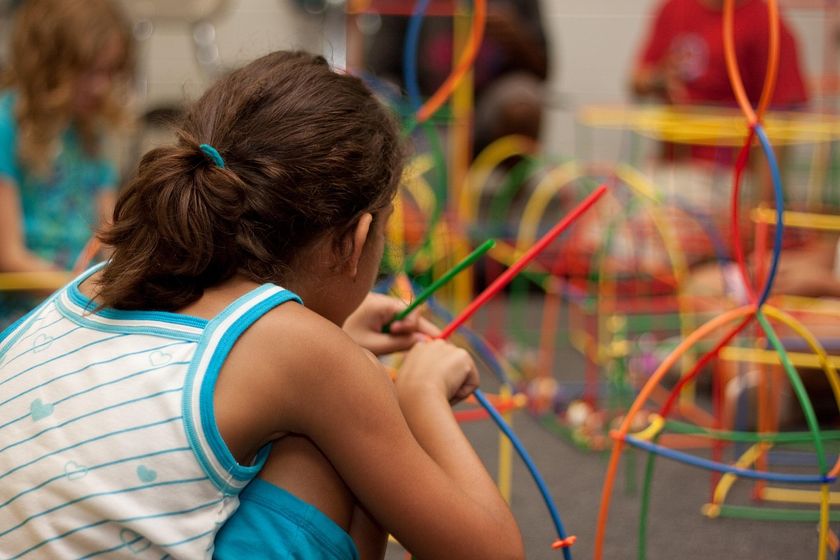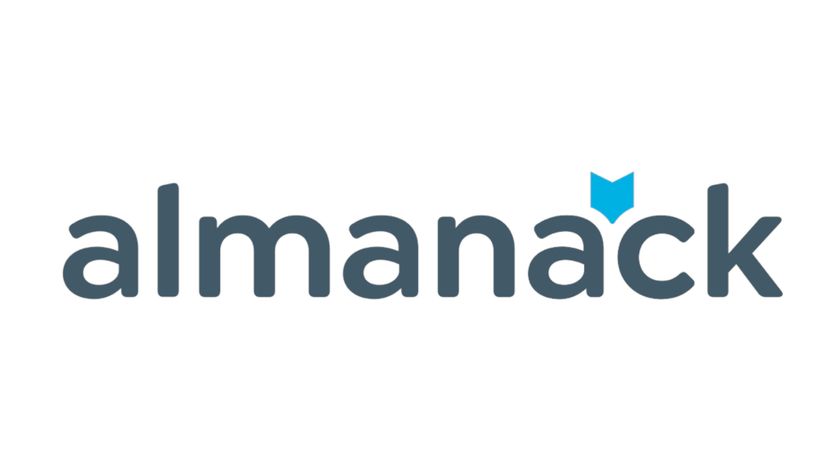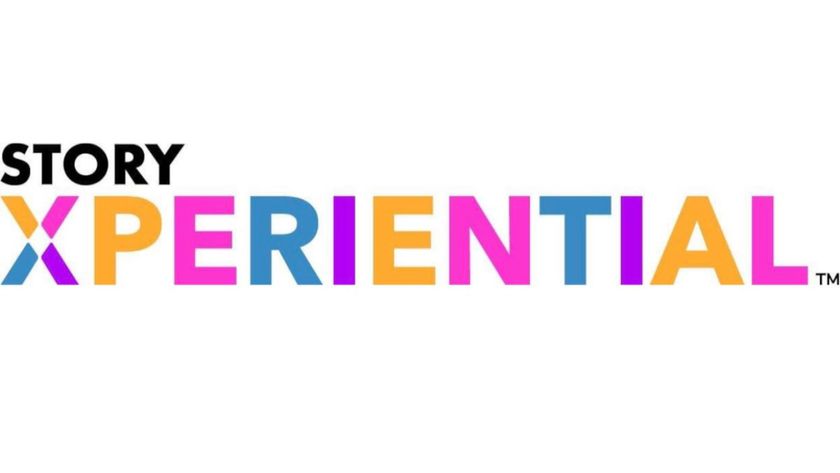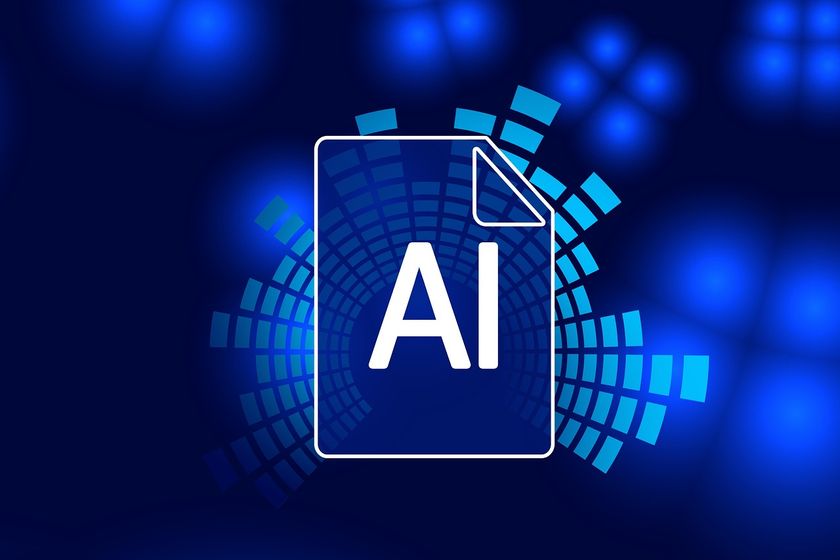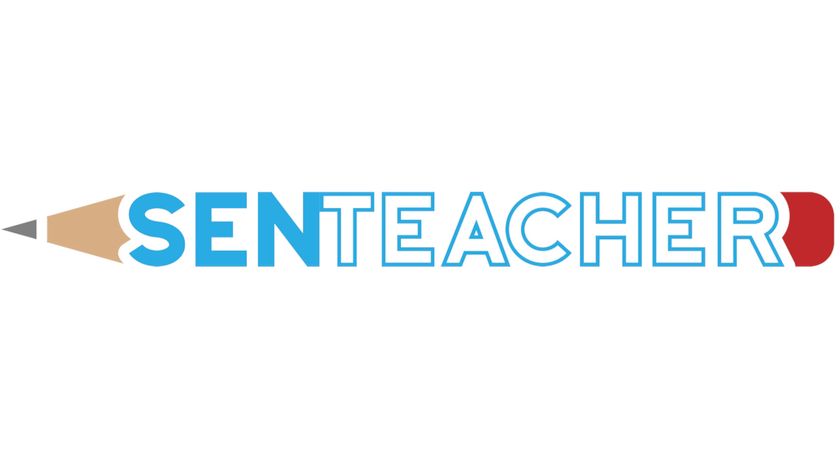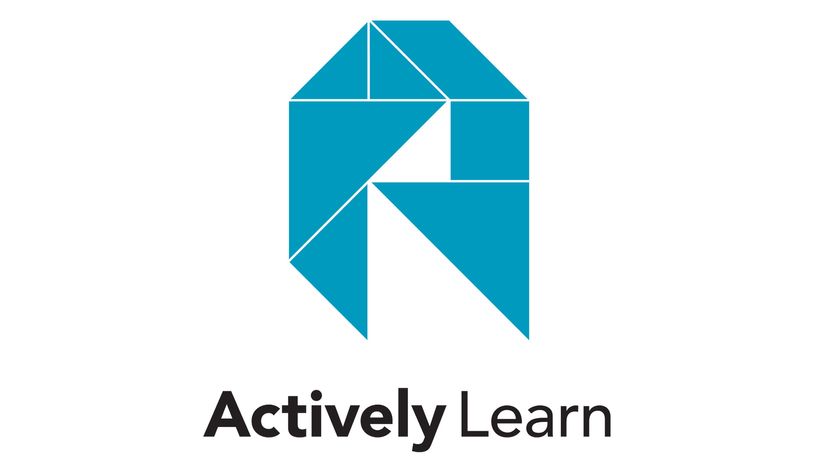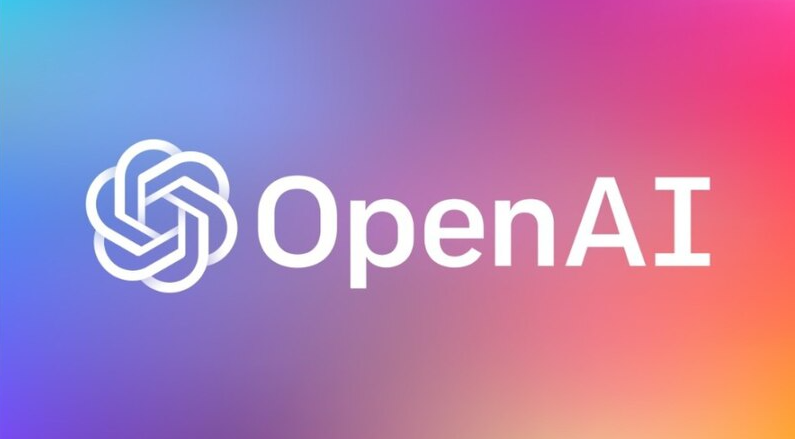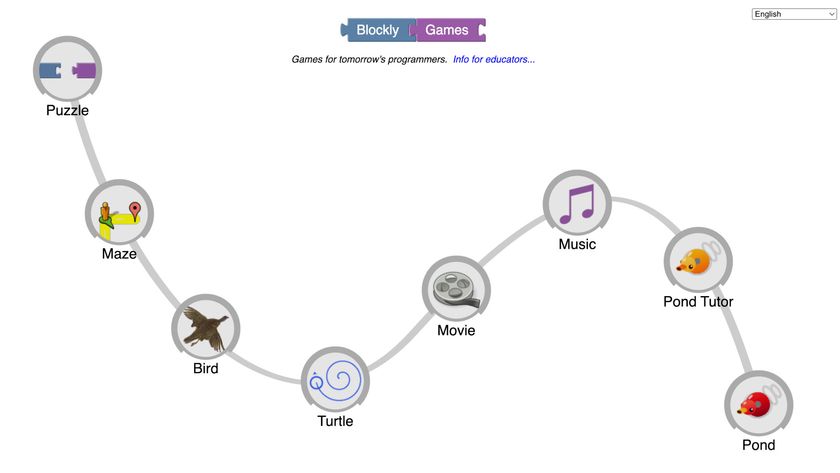How It's Done: Using Blended Learning to Close Achievement Gap
By adopting blended learning, Dayton Public Schools has successfully recalibrated its tools and strategies in its core instruction program

Using software for core instruction practice and data for targeted face-to-face intervention and instruction, Dayton significantly boosts student achievement.
Who: Dr. Elizabeth Lolli, Superintendent
Where: Dayton, Ohio Public Schools
I came to the district in 2016 as the Assistant Superintendent for curriculum and instruction, in part, to improve student test results. The district was in danger of being taken over by the state—specifically, the Academic Distress Commission from the Ohio Department of Education. When I became superintendent after two years, we stopped using software that wasn’t delivering results and focused on core instruction and quality interventions delivered through a blended curriculum.
To close our achievement gap, we recalibrated our tools and strategies in our core instruction program:
Software: We chose MindPlay for reading intervention and ALEKS for math intervention. Both are adaptive programs. ALEKS assesses the achievement gaps and then takes the students to the right place to resolve the gaps. MindPlay takes students to their actual reading level, keeping students in their zone of proximal development. When students begin to answer incorrectly, it takes the student back to master the content before moving forward again.
Blended Learning: Four days a week, students work with the software that supports our core curriculum. On the 5th day, they meet face to face in small groups with their teacher who uses the data generated from the programs to pinpoint and correct any gaps so students are moving forward to their mastery level. The goal is to have every student participating in a face-to-face meeting with their teacher at least once a week to discuss their progress.
Tech & Learning Newsletter
Tools and ideas to transform education. Sign up below.
Data: Data is now an integral piece of our process and our success. We’ve done intensive training on assessments and moving students forward in mastery based on their individual data. Also, I meet every six weeks with all principals to review their data for ALEKS and MindPlay, as well as demographic data, to ensure they are monitoring the use of the program data as well as online formative assessments.
Professional Development: Teachers received intensive data training and now participate in ongoing professional development. The goal is for teachers to become proficient and efficient with using data to inform instruction and learning. I shut down the schools for a mandated day to deliver intensive training and modeling of gradual release strategies, so that we could shift our culture from intervention to core instruction. With 26 buildings, the district did 13 days of PD with two buildings attending per day.
Results Speak for Themselves
We piloted MindPlay with grades 3, 7, and 9 two years ago. These grades were chosen because in Ohio, third graders must pass the reading test to be promoted; 7th grade is transitioning to content reading; and 9th graders are in transition to high school. After we received feedback from our staff, we implemented fully during the 2018-2019 school year for grades 3–9 and some 10th. We saw a major improvement in student performance on the state exam.
Shifting our teaching strategies, emphasizing data, and increasing professional development has made all the difference. The results in the first year helped stabilize the district, forestalling any need for the state to take over our schools. Our district moved from an “F” to a “D” in one year. Our gap closing score improved for our ELL, special education, and poverty students to a “C” from an “F” the previous year.
This school year, we have just finished up the grades K-8 and 9–12 assessments and have new benchmark data to use further closing our student achievement gaps.
Technology Used
Annie Galvin Teich has more than 25 years' experience in education writing and publishing. She is an edtech industry expert in content marketing and copywriting. As a regular contributor to Tech & Learning she focuses on the information needs of district decision makers.



